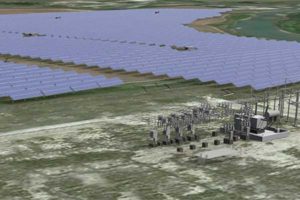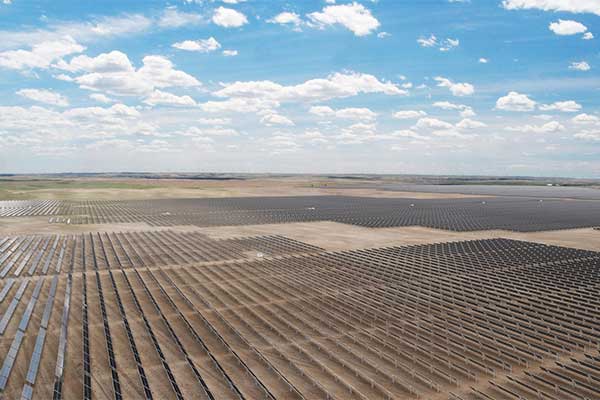- Fresh off the heels of announcing massive incentives and financing programs, Canada is set to surpass 5 GW of cumulative solar capacity by the end of the year.
- More than 500 MW of solar will come online in 2022, down from 944 MW the year prior.
- Canada's solar industry still has a long road ahead, but surpassing 5 GW of installed solar capacity by the end of 2022 will be a cause to celebrate.
Canada is set to surpass 5 GW of cumulative solar capacity by the end of the year, according to new figures from the federal government’s Canmet Energy Lab.
More than 500 MW of solar is set to come online in 2022, down from 944 MW the year prior, which saw Alberta’s 465 MW centralized solar plant commence operations.
This milestone comes off the heels of Canada’s recent introduction of clean energy incentives, which were reactive to the United States Inflation Reduction Act and designed to keep the country’s cleantech industry competitive.
While Canada’s solar market has traditionally lagged behind the United States, various opportunities — from monetary incentives to mandated coal plant closures — promise to boost its growth in the coming years.
An independent analysis by the US National Renewable Energy Laboratory (NREL) found that Canada’s solar industry is set to grow sevenfold to more than 35 GW of capacity by 2050, primarily driven by improved cost competitiveness.
In addition to boosting Canada’s economy, this growth will provide quality employment and play a sizable role in the country’s commitment to increase its share of green electricity from 80% to 90% by 2030.

Future rendering of TC Energy solar farm at Saddlebrook, near Aldersyde, Alta. (TC Energy)
There’s a particular opportunity for the solar industry to flourish in Saskatchewan, Alberta, and Manitoba — Canada’s sunniest and most agricultural provinces.
As previously highlighted on pvbuzz, there’s enormous potential behind agrivoltaics (combining solar energy with farming), and rural communities across Canada’s sunbelt are well-positioned to take advantage of it.
Canada’s clean energy is predominantly sourced from hydroelectricity, nuclear, and wind, with solar representing just 1% of total grid capacity.
Though this contribution is set to rise significantly in the years to come, growth is likely to vary across the country, bar new federal policy frameworks.
This is because each of Canada’s provinces and territories is allowed to set their own solar adoption targets, meaning the industry experiences differing levels of support across the country.
“Without a comprehensive pan-Canadian policy framework with annual capacity targets, [solar installations] will likely continue to be highly variable across the provinces and territories in the coming years. Further policy mechanisms are needed to allow [the solar industry] to reach its full potential,” according to a report by the International Energy Agency.
Despite the challenges facing Canada’s solar industry, it remains primed for impressive maturation in the years to come, especially as Canadians now have access to federal solar subsidies and liberal financing solutions (through Canada Greener Homes), two mechanisms that make solar far more accessible and cost-effective.
It’s been years in the making, but Canada’s solar industry is finally hitting its stride — much to the benefit of homeowners, ratepayers, businesses, and the environment.
Though the industry has a long road ahead, surpassing 5 GW of installed solar capacity, this 2022 will undoubtedly be a cause to celebrate.












Comments